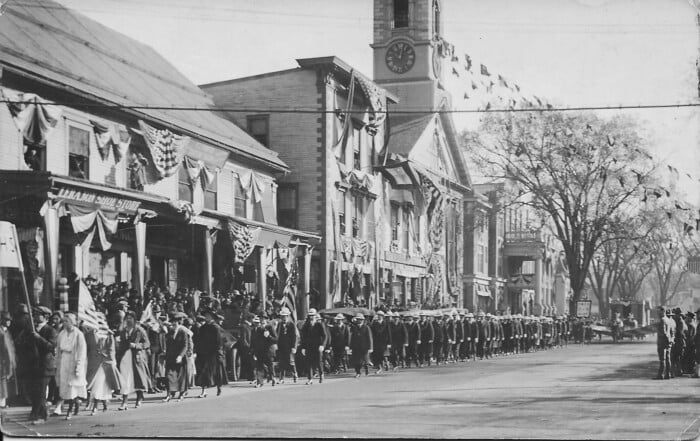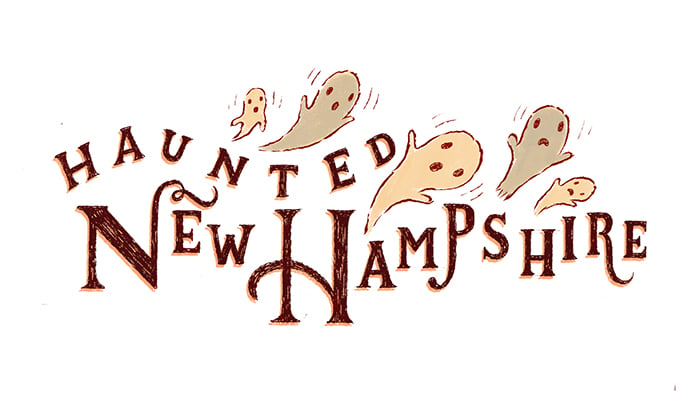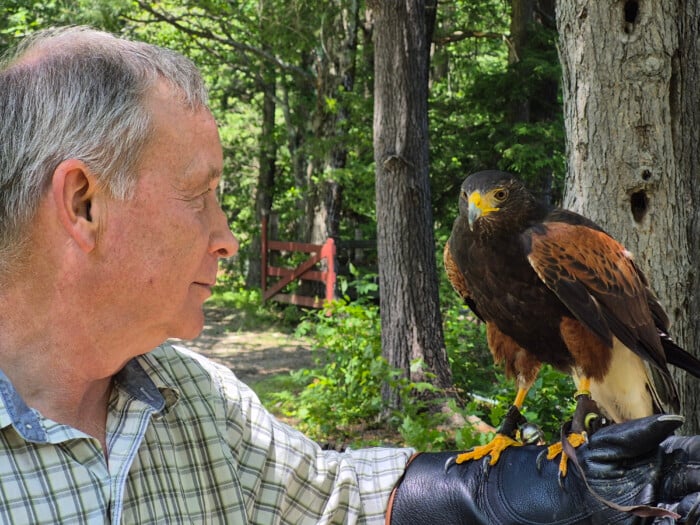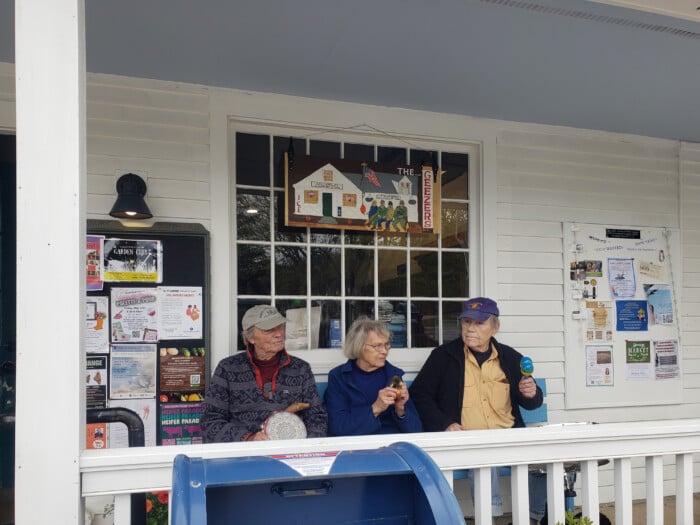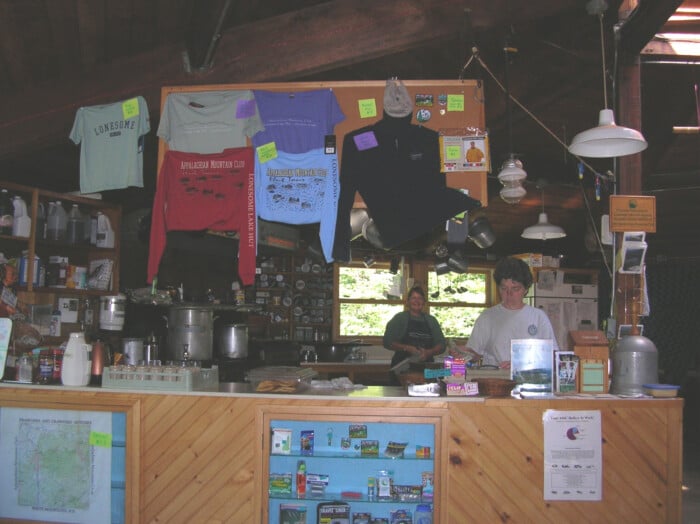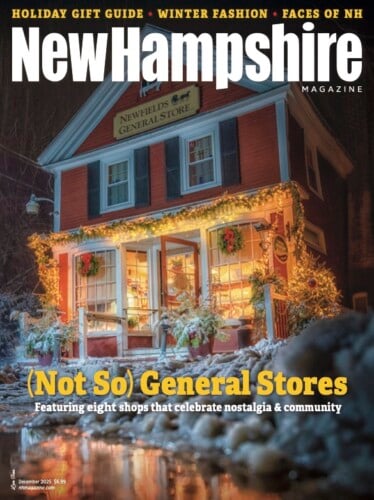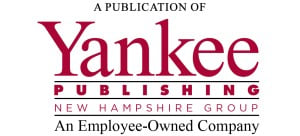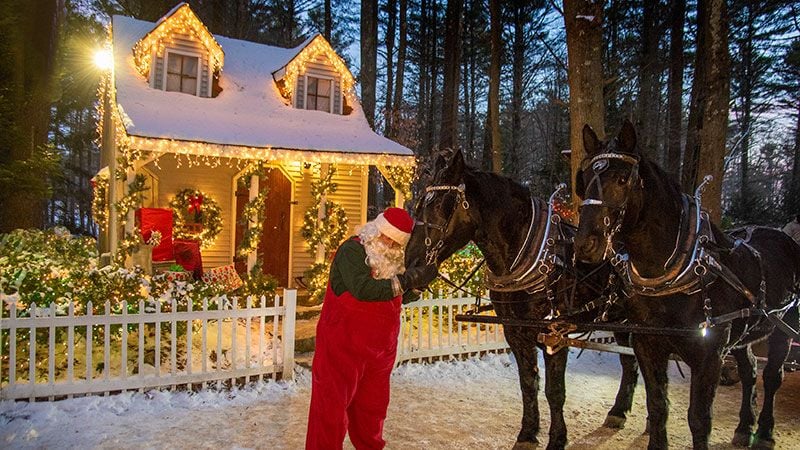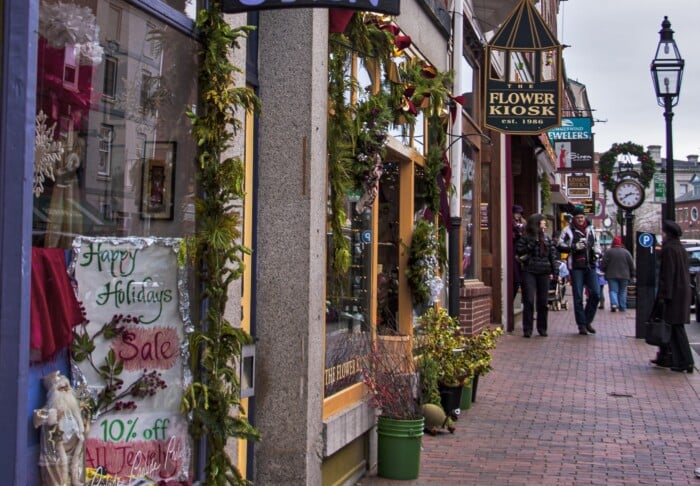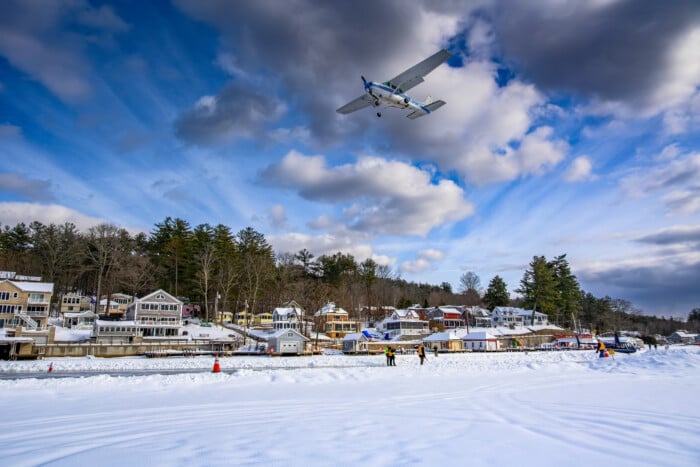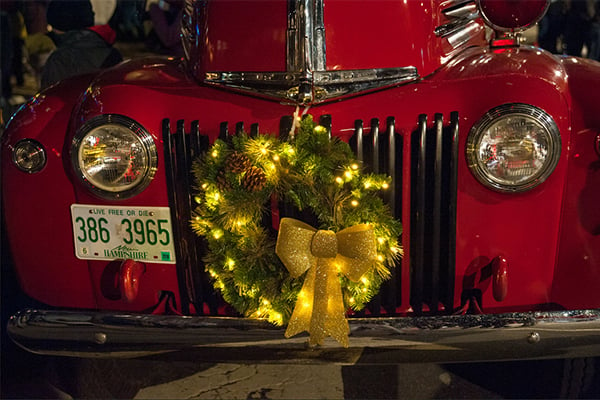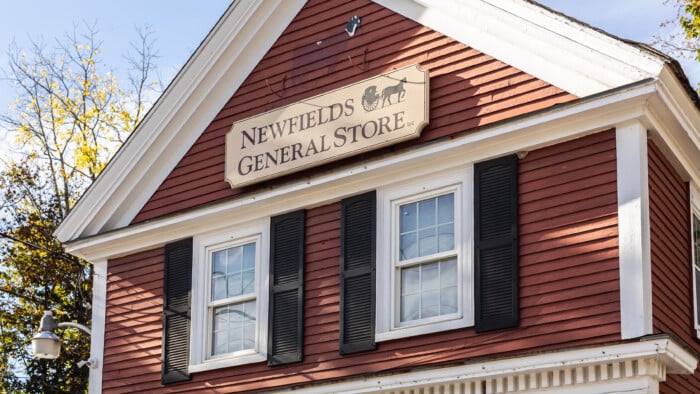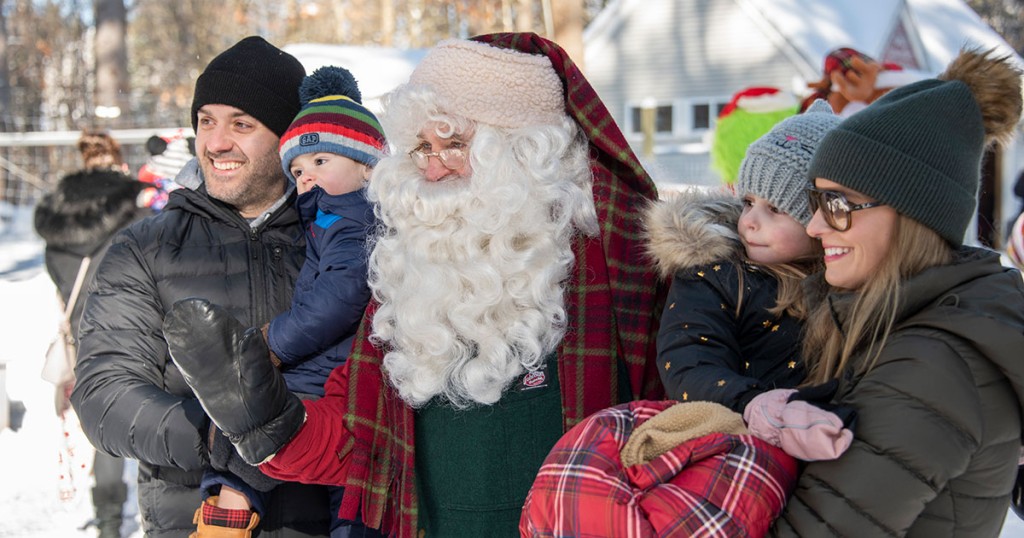Remembering Fallen Heroes on a Former Parade Route
Lebanon's Armistice Day celebration was once one like no other
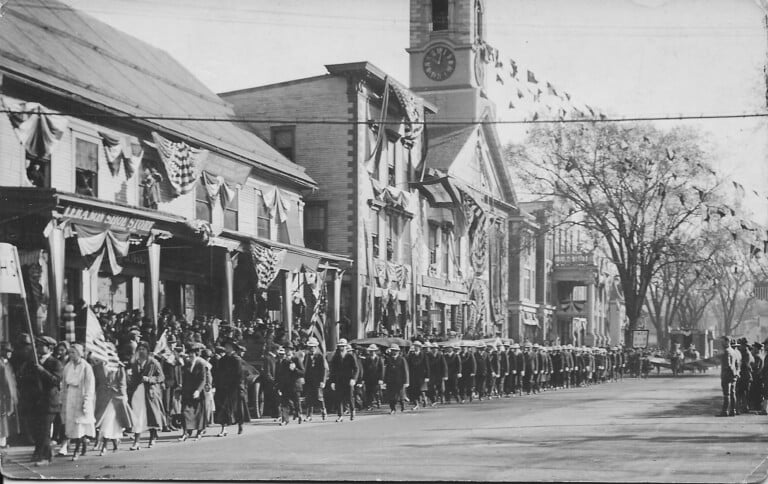
I’m following the ghost of a parade route that meandered through downtown Lebanon more than a century ago. The Armistice Day Victory Parade, called out in a 1919 pamphlet, celebrated the end of World War I hostilities.
Along with the old pamphlet, I have a handful of vintage photos taken during the parade. The old photos are detailed and dramatic and have inspired me to retrace the parade route. I’m curious to see how much has changed since this Armistice Day celebration 106 years ago.
Originally called “Armistice Day,” after the surrender of Germany on the 11th hour of the 11th day of the 11th month in 1918, the name was changed to Veterans Day in 1954 by President Dwight D. Eisenhower, who felt we should recognize and honor veterans from all wars, not just World War I.
As holiday celebrations go, Veterans Day, or Armistice Day, tends to get the short shrift. It can be confused with Memorial Day and gets squeezed into the short season following Halloween and the run-up to Thanksgiving. So, while veterans may get a discount at a restaurant or big-box store on Nov. 11, big celebrations are few and far between.
But that wasn’t always the case. Lebanon once set the standard for others with their 1919 “Welcome Home” Armistice Day celebration. The centerpiece of this multiday celebration was a victory parade down the main streets and around the town common. A year of planning and preparation went into making this parade an unrivaled success. This was the town’s third attempt, and this time they were determined to get it right.
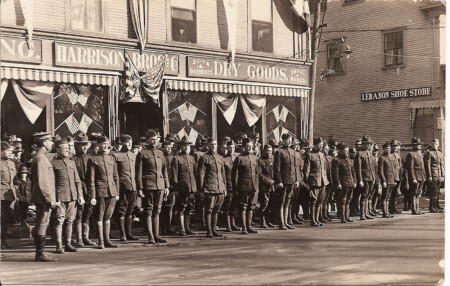
Army “doughboys,”the infantry soldiers from World War I, stand in dress formation during the parade. Photos Courtesy of Art Pease
The first parade was a spontaneous event that turned out to be an embarrassing error. News of a German surrender reached Lebanon residents, and they took to the streets in the early hours of Nov. 7, 1918. The fire gong rang, bells clanged, people hung out their flags, blew horns and a parade broke out. When darkness fell, oil-soaked bricks blazed from the granite fenceposts around Colburn Park. Bonfires were lit, and the Kaiser was hung and burned in effigy.
Unfortunately, the rumored surrender had not taken place. Lebanon was not the
only town lulled into this “false armistice,” as it came to be known. Similar celebrations had played out in towns up and down the East Coast, who had also heard the inaccurate news.
When the formal cease-fire did occur on Nov. 11, the town did it all over again. The ringing of the fire gong brought hun-dreds, celebrating news of the truce, to the streets. Mills, banks, stores and schools closed for the day. Scores of cars filled with jubilant passengers drove around town blowing horns. But the servicemembers were still overseas, and although a cease-fire had been declared, the treaty was yet to be signed.
Lebanon had sent 373 residents to the trenches of France, Belgium and other WWI battlefields and the town was not without its heroes. Isreal J. Chamberlain was awarded the Distinguished Service Medal. Chester McArthur was given the Distinguished Service Cross for evacuating wounded soldiers from front-line trenches. Eleven sons of Lebanon made the ultimate sacrifice and died during the war. The town was eager for the war to be over and to welcome home their servicemen and women.
In October 1919, the timing was right for a grand celebration. The soldiers and sailors had returned home, and Lebanon was ready to thank them in style. From an old Granite State Free Press newspaper clipping dated Oct. 17, 1919:
“The center of the town was all ‘dolled up’ for the occasion. Every store, business block, and public building, as well as many residences along the line of march, were decorated with flags, bunting, panels and streamers. Store windows were appropriately trimmed for the occasion, while a beautiful electric shield of red, white, and blue lights flamed high above the main street in front of the Town Hall, and a string of red, white and blue lights in the number of hundreds illuminated the north front of the Common during Saturday, Sunday and Monday evenings. Yes, Lebanon had on her finery and looked charming.”
The three-day celebration included a banquet, cabaret show, speeches, an Army vs. Navy softball game, choir sing-along, fireworks, clam bake, concert, fancy dress ball, an appearance by Gov. John H. Bartlett and the victory parade, which the newspaper described as “the greatest parade in Lebanon’s history.”
The parade included an escort of five mounted riders followed by the Second Regimental Band; three platoons of recently returned Army servicemen; three Marines carrying a banner with 11 gold stars recognizing those who perished; 16 Navy sailors in uniform; four cars of Civil War veterans; 66 men in regalia from the Loyal Order of the Moose; 28 uniformed firemen; approximately 40 decorated cars or floats, 460 schoolchildren; a large flag floated by 12
men; and numerous other organizations.
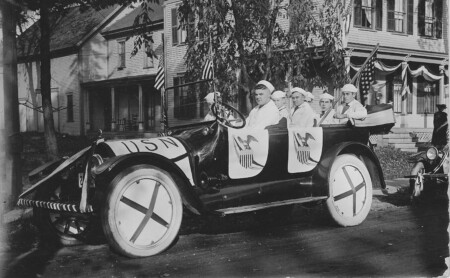
While the Army doughboys marched in the parade, the Navy “Gobs” hitched a ride. Photos Courtesy of Art Pease
Gov. Bartlett addressed the citizens and spoke for nearly an hour. He thanked the veterans for their service and sacrifice and spoke eloquently to the memory of those who gave their lives. He congratulated Lebanon on the fine celebration and said it was one of the very best he had witnessed anywhere in the state.
The newspaper clipping reports that the Army versus Navy softball game resulted in a 5-0 triumph by the Army. The paper reports R. Richardson served as umpire, with “Bill” Barry captain of the Doughboys and “Cy” Young captain of the “Gobs.” “Doughboy” is a common term for WWI Army soldier, but I had never heard the slang term “Gob” used for a sailor before.
As I walk the parade route along the downtown streets today, the Lebanon of 1919 in the photos is barely recognizable. Fires and urban renewal have changed much of the town, but I still recognize a couple of old buildings, and way off in the distance I think I’m almost able to see and hear a parade…

